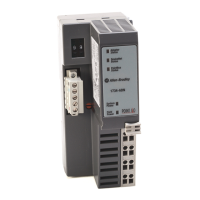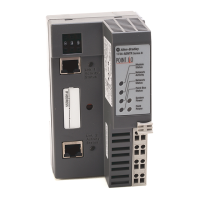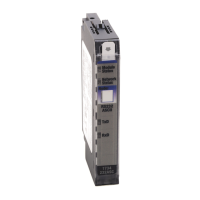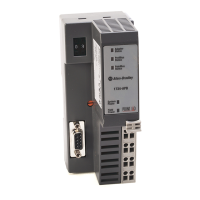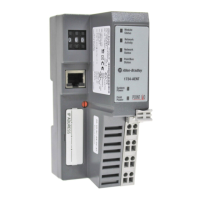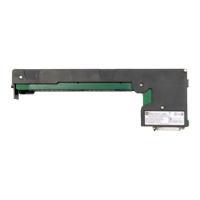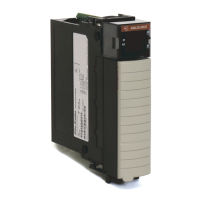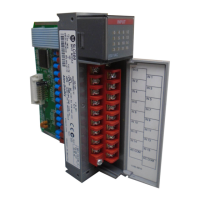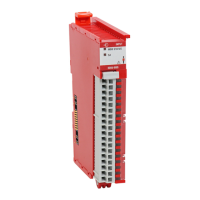Publication 1734-UM014A-EN-P - November 2010
6 About the Adapters
• You maintain full control over the route taken by each message, which
enables you to select alternative paths for the same end device.
Understand the
Producer/Consumer Model
The CIP producer and consumer networking model replaces the old source
and destination (master and slave) model. The producer and consumer model
reduces network traffic and increases speed of transmission. In traditional I/O
systems, controllers poll input modules to obtain their input status. In the CIP
system, input modules are not polled by a controller. Instead, they produce
(multicast or unicast) their data either upon a change of state (COS) or
periodically.
Multicast is the default mode for version 17 Logix and earlier controllers and
unicast is the default for version 18 with multicast as a selectable option.
The frequency of update depends upon the options chosen during
configuration and where on the network the input module resides. The input
module, therefore, is a producer of input data, and the controller is a consumer
of the data.
The controller also produces data for other controllers to consume. The
produced and consumed data is accessible by multiple controllers and other
devices over the EtherNet/IP network. This data exchange conforms to the
producer and consumer model.
Specify the
Requested
Packet Interval (RPI)
The Requested Packet Interval or RPI is the update rate specified for a
particular piece of data on the network. The RPI can be specified for the
adapter and include all of the I/O modules in the I/O system (using a
rack-optimized connection) or specified for a particular module (using direct
connection).
When you add a module or an adapter to the I/O configuration of a
controller, you must enter the RPI as a parameter. This value specifies how
often to produce the data for that device. For example, if you specify an RPI of
50 ms, it means that every 50 ms the device should send its data to the
controller and the controller should send the consumed (output) data to the
device.
Use RPIs only for devices that exchange data. For example, a ControlLogix
EtherNet/IP bridge module in the same chassis as the controller does not
require an RPI, because it is not a data-producing member of the system. Its
use is only as a bridge to remote racks.
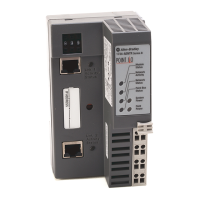
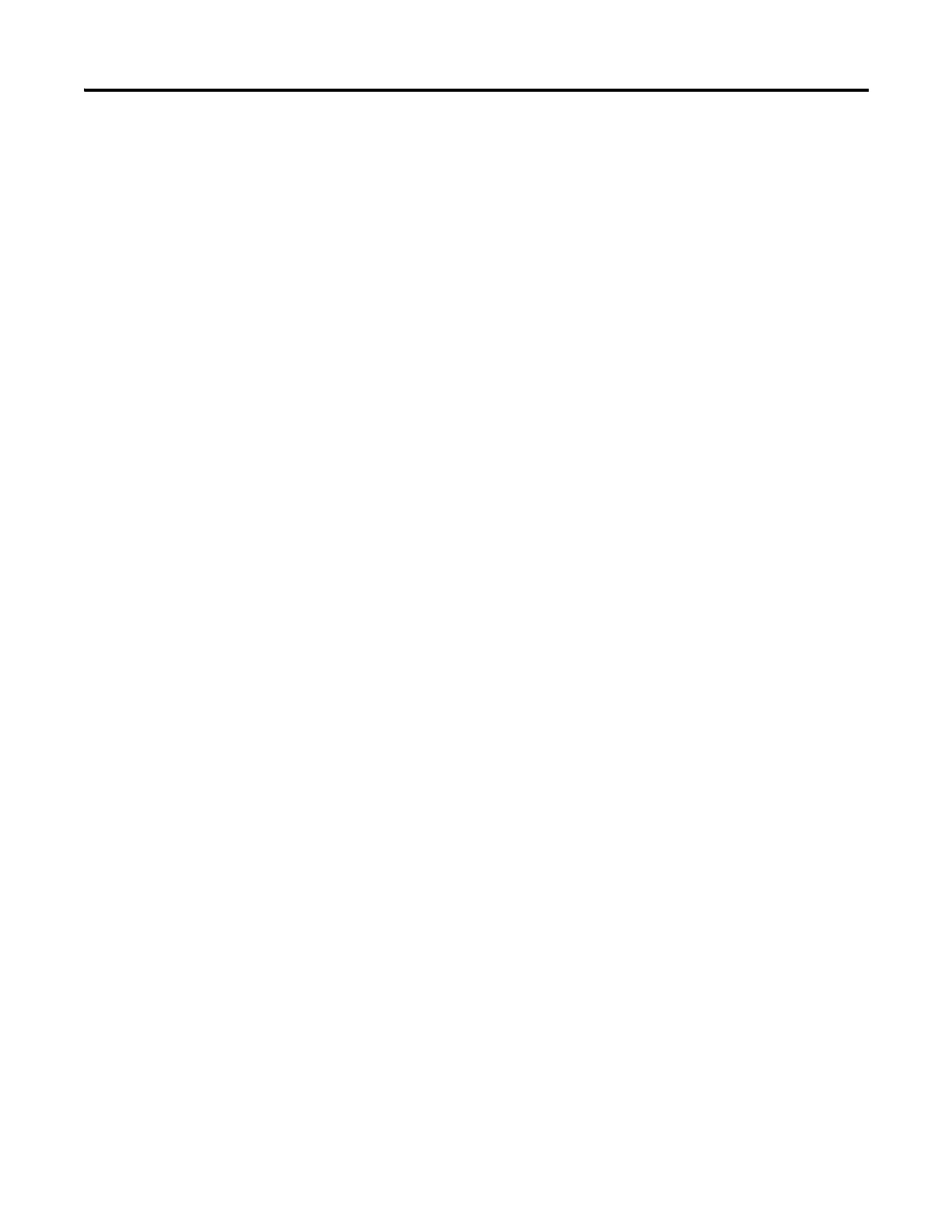